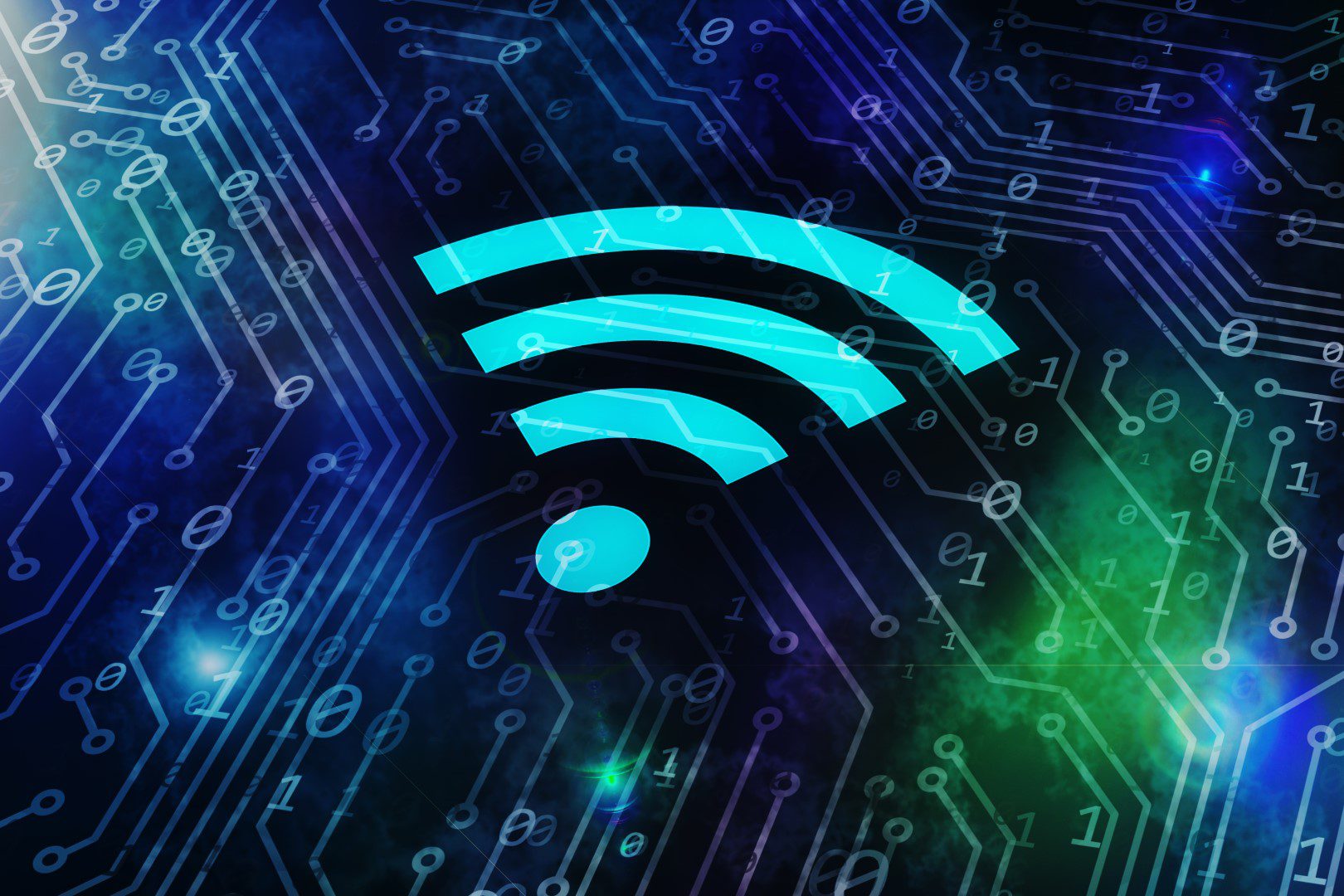This rapidly evolving technology has become a formidable alternative to conventional cabled internet, offering advantages in capacity, security, and cost. Microwave Internet provides a fixed wireless broadband connection through a high-capacity microwave radio link, requiring minimal infrastructure apart from power and a clear line of sight.

WLA – via microwave leased lines or satellite broadband – provides an excellent wireless network option with a high-frequency band for rural locations, industrial estates and other areas, which are not so well served by copper or new fibre broadband. This is a rapidly evolving area and it offers great potential for innovative connectivity solutions.
While the vast majority of home and business users rely on cabled internet connectivity, there is a growing need towards remote or wireless communications connections, especially in more remote and harder to reach areas.
Microwave internet connections have become a serious and feasible contender to the more traditional cable and fibre optic technologies when it comes to capacity, security, and price.

Microwave internet or Wireless Access (WLA) is a fixed wireless broadband connection delivered by high capacity microwave radio link, which does not require any other infrastructure other than power, and a clear or near line of sight. This technology with the help of point to point microwave antenna can rival the reliability of fibre optic networks connections.
A point to point microwave link is a permanent connection between two sites, and it is a tried and tested and most importantly cost-effective alternative communication system to leased line technology. It delivers both voice and data traffic over long distances and to more remote locations and rural areas, offering reliable microwave broadband.

Microwave internet starts with a fibre connection at a point of presence (PoP), which is connected to the national fibre network, or the internet. This in return is connected to the interface of the radio which transmits ultra-high frequency internet access over the air, and it is converted back into a copper or fibre cable at the recipient’s end by a router.

If you find that your business is located a long way from your nearest exchange, or that you are located in a remote rural location and your business is internet dependent, then you might find that your available business phone line connection is not suitable to carry the high speed internet connection that your business requires.
Businesses utilising microwave broadband technology with fast, secure and uncontended internet connections have reported a significant rise in productivity gains, allowing them to minimise cost, increase efficiency and achieve more of their business goals. This technology is also well placed to provide business continuity and resilience planning in order to avoid overreliance on just one type of technology.
The uncontended nature of this technology with its guaranteed Service Level Agreement means that microwave technology, in the absence of leased lines, is ideal for hosting applications, which require large amounts of bandwidth. Microwave broadband can provide a high-speed connection to businesses that would otherwise need to compromise with limited internet speed.
This type of internet connection is a rapidly evolving area offering great potential for innovative connectivity solutions. It can be customized to the specific challenges of your business location and buildings.

It is important to note that microwaves are limited to line of sight propagation, which means that a microwave link installation requires a clear line of sight void of larger building, mountains and other sizeable obstacles. Microwave links can also be affected by something called rain fade (or rain attenuation), particularly for higher frequency ranges and long distances in areas which frequently experience heavy rainfall or precipitative weather.
A big advantage of a microwave data link is that in the absence of fibre broadband, or where the available copper lines are not suitable for internet connectivity, WLA microwave internet provides a stable high-speed communication solution for more remote locations. With this high-frequency internet service, businesses can receive impressive and reliable internet speeds without needing to wait for new infrastructure to be laid in the area.
The higher frequencies of microwave give the microwave band a significantly high information-carrying capacity that can rival the most commonly used fibre optic fixed wireless internet solutions. Latency is a measure of how long it takes for data to travel along an internet connection, and while this is negligible for homes, when it comes to businesses, latency can make or a break business productivity. Low latency is essential for VOIP systems, financial trading, and businesses where high volumes of data are being transferred and received on a daily basis, and a rapid response is required.
Cabled internet connections and leased lines can sometimes fall foul of installation issues, which can add delay and on occasion even require intrusive structural building work in order to connect a customer and successfully complete the installation. In essence, the further the nearest exchange, the bigger the risk that these structural issues may occur. On the other hand, microwave internet is reasonably straight forward to install in places where cable installation would normally be impractical. With this technology, there is no need for cumbersome satellite dishes; it only requires a discreet antenna, which is unlikely to breach any building planning restrictions. The installation is normally carried out within a few days, as opposed to fibre broadband connections, which can span several weeks.
Similarly, to fibre leased lines, microwave internet or WLA is an uncontended connection, which means that it is not shared with other users and most importantly it comes with a Service Level Agreement (SLA). Uncontended internet is naturally pricier than a home connection or a shared business FTTC broadband solution, however, microwave internet is nowadays competitively priced in line with fibre leased lines and other ethernet circuits. Microwave internet provides an effective and secure connection to businesses in more remote locations. This technology can help businesses maintain faster internet speeds, and in turn, enhance business productivity.
Gain insights from our latest blog posts. These articles are packed with expert tips and updates in telecommunications to help you stay ahead.
For general enquiries, please contact us using the details below, or fill out the enquiry form.










We specialise in enhancing business connectivity with cutting-edge technology and personalised services, ensuring your business stays connected.
Company No: 04952400
Are you looking for a new website? Contact Outrank Today
